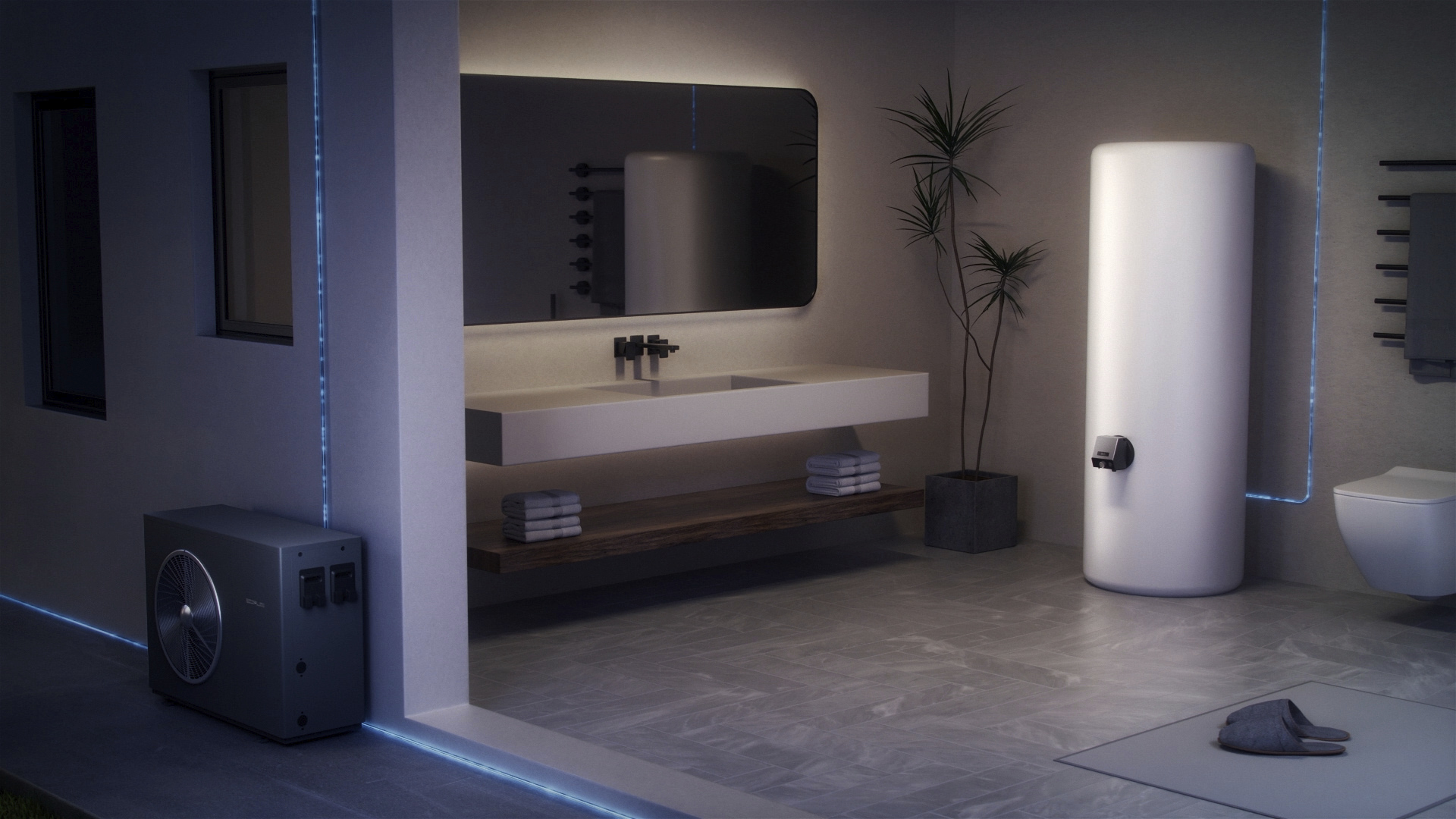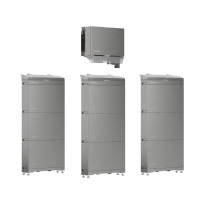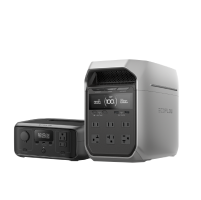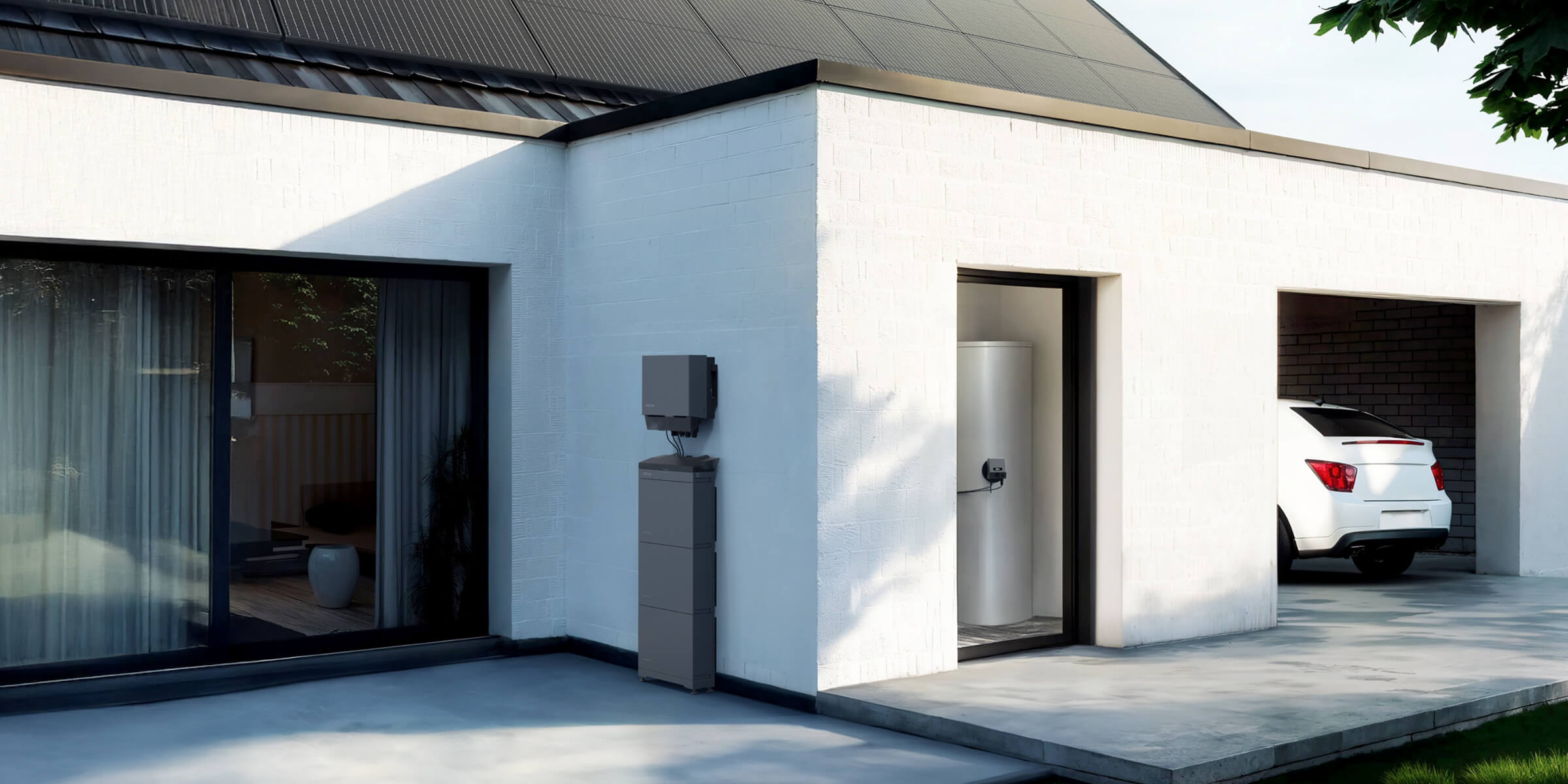How Does a Hot Water Heater Tank Work With Your Heating System?
Ever thought about how your hot water heater tank keeps your morning showers warm and cosy without making your energy bills soar high? In the UK, learning how your tank links up with your heating system can help you save money, reduce waste, and keep your hot water flowing easily.
In this guide, we’ll break down the mechanics, types of systems, and care and maintenance tips you need to know.
What Is a Hot Water Heater Tank?
A hot water heater tank, or a hot water cylinder, is an important part of many UK heating systems. Basically, it stores pre-heated water so you can use hot taps and showers whenever you need them without waiting for the water to heat up each time you use it.
Inside the tank, you can find essential parts like the tank body, the cold-water inlet, the thermostat, the hot-water outlet pipes, or one or more heating elements. These tanks are usually common in homes using gas boilers or immersion heaters like EcoFlow PowerGlow for backup heating.
Unlike combi boilers that heat water immediately and can store none of that heated water, cylinders and tanks are best for homes that need long periods of high demand, like busy mornings and cold evenings, especially in winter.
Types of Hot Water Heater Tanks
The best type of hot water heat tank depends on what your home system setup is. Here are the different considerations to look into:
Direct vs Indirect
A direct system heats the water right inside the tank by using an electric immersion heater like PowerGlow. It’s simpler and easier to install than other systems, but it’s noted for less efficiency as your main heat source since electricity costs more than gas. However, with solar-powered solutions like PowerGlow, you can use solar energy to provide heating to your home while also still being cost-efficient.
As for indirect systems, they use a central boiler, like gas, oil, or electric, to heat water through a coil inside the tank itself. The heated water is then stored and used when needed, making indirect systems the most common and energy-efficient option for UK homes.
Vented vs. Unvented
Vented systems are gravity-fed from loft cold-water tanks. They’re known for their affordability and reliability, but are also known to suffer from lower water pressure, especially for upper floors and multi-level buildings. However, a simple water pump can boost pressure so the water can reach upper floors easily.
Unvented systems, on the contrary, connect directly to the mains supply to give you a stronger water flow and consistent water pressure throughout your home. These systems also tout safety-oriented parts like expansion vessels or pressure relief valves to ensure safe and stable usage.
How does a hot water tank work
Hot water tanks work as cold water enters the cylinder through an inlet pipe. From there, that water is heated either indirectly via a coil inside the boiler or directly heated through an immersion heater if you have a hot water cylinder with immersion heater setup.
The thermostat ensures the water temperature stays around 50–60°C, which is hot enough for comfort but cold enough to prevent scalding.
Once the water is heated, the insulated tank holds it until you use and turn on a tap, at which point the hot water exits from the outlet, and cold water refills the tank—keeping the heating cycle going. When needed, a periodic draining of hot water in your heater tank can remove sediment buildup to preserve your system’s efficiency and lifespan.
How It Integrates with Your Heating System
Your hot water heater tank works together with your centralised heating system to deliver comfortable heat and efficiency across your household. In most UK heating setups, an indirect system is used where the boiler heats water with a coil inside the tank.
If your boiler is off, whether during summer or a maintenance period, an immersion heater inside the tank can act as a backup. The good thing is that it can operate independently, ensuring you can still get hot water even if the main system is down.
For eco-conscious households, renewables like solar thermal panels can also preheat the incoming water, which reduces the power your heater needs to heat the water from room temperature.
Also, smart controls and management systems like timers and thermostats can feature zoned heating, which gives you the ability to only heat water when and where it’s needed. With zoned heating, the result is a consistent hot water supply, which reduces boiler strain and long-term operational costs.
Sizing and Efficiency: Matching Your Needs
Choosing the right heating tank size is a must if you want to balance overall comfort and system efficiency. As a simple rule of thumb, consider planning for about 35-45 litres of capacity per person in your household.
To give you a rough example, a typical bath uses around 80-100 litres, while showers average around 30-50 litres. Also, keep in mind that larger households, especially in colder northern UK climates, might benefit from slightly larger tanks to maintain a steady hot water supply in the cold winter months.
To help keep energy use checked, always set your thermostat between 48–60°C, which is hot enough to prevent bacterial growth like Legionella, but not so hot that you waste power or risk scalding.
You can also add insulation around your tank and your pipes to minimise heat loss if they’re not insulated. Additionally, consider upgrading to an unvented system if you need a stronger flow and faster hot water replenishment times.
Lastly, for households that want to go green, pair your tanks with solar panels or heat pumps to significantly reduce your heating bills. And if you want to be self-sufficient, EcoFlow’s solar power storage solutions like PowerOcean can integrate with smart immersion heaters to act as a backup during outages.

Maintenance: Keeping Your System Running Smoothly
Proper maintenance improves your heating system’s lifespan and long-term performance. Here are the important upkeeps you need to monitor regularly:
Routine Checks
You can start by testing your thermostat once every few months to check if the system heats accurately and doesn't strain in the process. Every 2-6 months, check for leaks, drips, or unusual noises which can point to issues.
Draining Hot Water Heater Tank
Draining the hot water in your tank is also a form of maintenance that goes a long way to prevent issues in the long term. Start by switching off the power or gas, then attach a hose to the drain valve and empty the tank fully.
By draining and flushing, you can remove mineral deposits that reduce efficiency and clog pipes and valves. Draining is especially important in hard-water regions where limescale builds up quite fast.
Immersion Heater Tank Maintenance
If your system has an immersion heater, consider replacing heating elements every 3-5 years to maintain optimal performance. In limescale-prone areas, descaling your immersion system ensures faster heating and longer element life.
Professional Tips
Even with utmost care, annual servicing with qualified technicians is still required. They’ll check the safety valves, thermostats, and even insulation. To improve efficiency, you can also add smart timers that heat water during off-peak hours to lower your energy bills while maintaining comfort.
What kind of product or solution are you interested in?


How To Get the Most out of Your Hot Water Heater Tank
Understanding how a hot water heater tank works and how it can integrate with your heating system can help you enjoy eco-friendly, reliable, and efficient hot water. For smarter and more sustainable energy solutions, EcoFlow’s innovative and sustainable heating options can keep your home efficient and comfortable in every season.
Get a free consultation with our team today and find out how EcoFlow can make your home smarter, better, and more comfortable.
FAQs
What’s the difference between vented and unvented hot water cylinders?
Vented cylinders draw cold water from a loft tank and operate at low pressure. Unvented units are fed straight from the mains with high pressure and include safety devices like expansion vessels and pressure relief valves.
How long does it take to heat a hot water tank?
It depends on size and the heating method. Typically, a 150–200 litre indirect cylinder takes ~1–2 hours to reach ~55 °C using a gas boiler. Electric immersion will be slower and more costly, especially for large volumes of water.
How often should the cylinder be flushed?
Draining hot water in your tank once every year is standard. In hard-water regions, we recommend flushing and draining twice yearly to help remove sediment and limescale, to maintain heat efficiency and avoid element strain.



